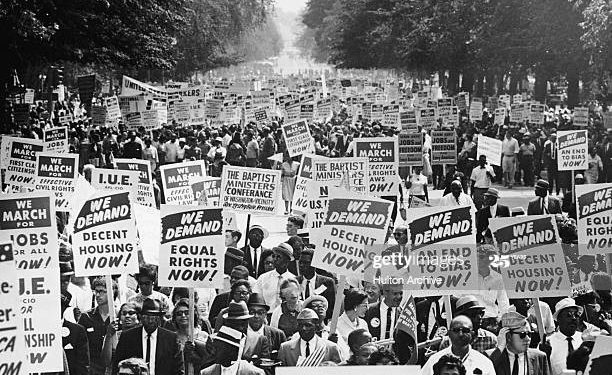Gavin Guerra’s Let the People Decide takes an unflinching look at the unsettling similarities between the voter suppression laws of the Jim Crow era South and modern attempts to restrict voting rights. The documentary is part of the Ninth Annual Whistleblower Summit and Film Festival along with over 40 other films. Let the People Decide is a low budget but expertly made documentary, opting not to force ideas on the viewer, but rather to let them come to their own conclusions. Although the film has an agenda, the central strategy of the film is to let the opponents of that agenda have their say as well. About a third of the film’s interview time is devoted to conservative proponents of modern voter ID laws. The film does not try to vilify them, but lets both arguments speak for themselves. By letting both sides speak freely and fairly, the film truly echoes the sentiment of its title and lets the viewer decide what to believe, based purely on the strength of the arguments.
The first act of the film focuses on the Civil Rights Movement in Mississippi. It gives a detailed look at the conflicts that led to the passage of the Civil Rights Act. It centers around the story of Bob Moses, a young civil rights activist and a leader of the Student Non-Violent Coordinating Committee (SNCC). Through present-day interviews with Moses and others, the film documents the struggles of the group as they progress from sit-ins in 1960 to the 1964 Mississippi Summer Project. The Summer Project recruited and trained thousands of young Northern college students to come to Mississippi and go door to door in a campaign to increase black voter registration. The exposure that the Summer Project brought to the literacy tests and other methods of black voter suppression, so common in the South at the time, helped to pass the Civil Rights Act in August of the next year.
Act two and three of the film take the viewer up through the voter suppression laws of the interim years and into the Obama and Trump eras. The focus shifts from Mississippi to North Carolina, where in 2010 the Republican Party took full control of the state for the first time in a century. The film explains that after the Supreme Court’s ruling in Shelby County v. Holder in June of 2013, the restrictions that stopped former Jim Crow states from changing their voting laws without first checking with the federal government were lifted. The state almost immediately passed a law requiring voter ID, which Republicans defended as a common sense law to protect the integrity of elections. In a Federal Court ruling in 2018 however, it was discovered that state legislators had requested documents on voting practices indexed by race, and came up with a Voter ID Act that would prevent more black North Carolinians from voting.
The film’s arguments are convincing because they juxtapose the arguments of those who think that voter ID laws are suppression of the vote, with those who vehemently disagree. This measured and thorough approach to presenting arguments is commendable and doesn’t force the viewer into seeing something a particular way. Though the film has a viewpoint, it is fair and measured in its treatment of those who disagree with it, making the film’s own arguments far more powerful because of it. This is essential viewing on the subject of voter suppression then and now, and effectively makes the point that we have not come as far as we may want to believe since the Civil Rights Act.


